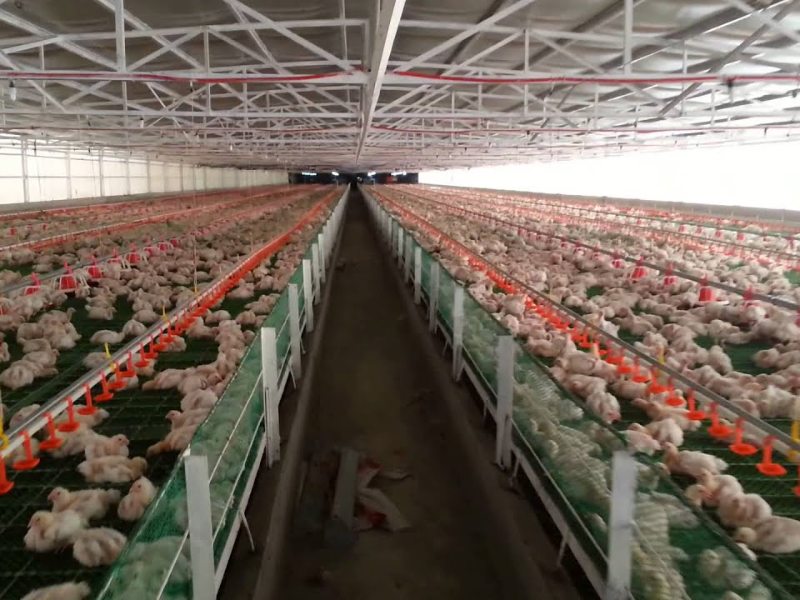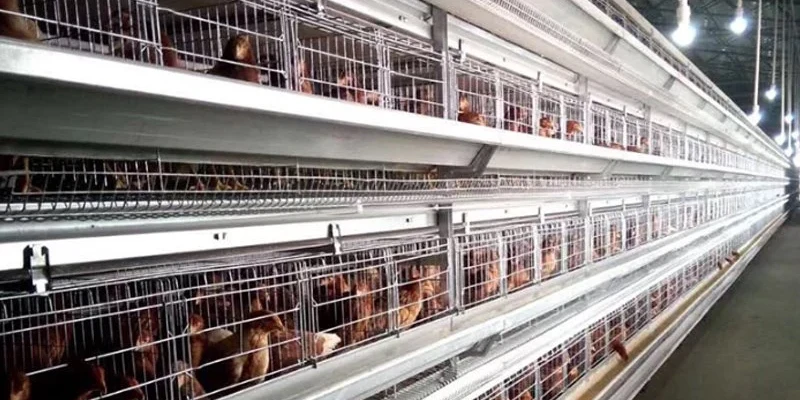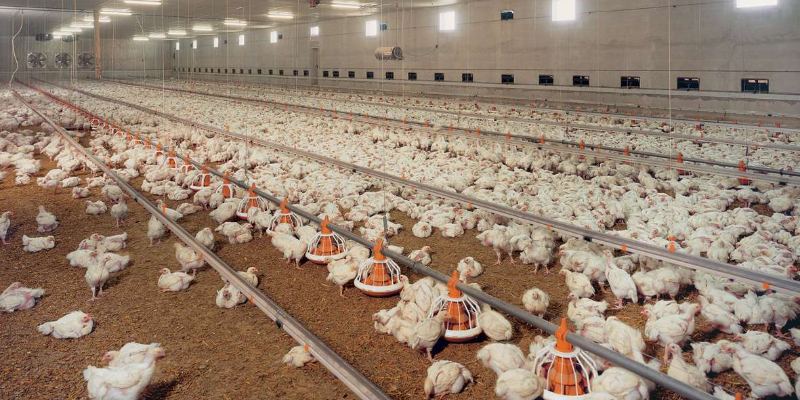
What are the different types of broiler farms?
The broiler farming industry has evolved significantly over the years, adapting to changes in consumer demand, advancements in agricultural technology, and shifts in regulations. This article explores the different types of broiler farms, focusing on cage-free broiler chicken farms and cage broiler chicken farms, as well as the differences between these two farming methods.
Development of the Broiler Farming Industry
Broiler farming began as a small-scale operation, where families raised chickens primarily for personal consumption. Over the decades, the industry saw massive growth due to urbanization, a rise in population, and increasing demand for affordable protein sources. The introduction of industrialized farming techniques allowed for the scaling up of production, resulting in larger facilities that could house thousands of birds at once.
In recent years, concerns about food safety, and environmental impact have prompted significant shifts within the industry. Consumers are increasingly looking for more ethical options, leading to a growing trend toward cage-free broiler chicken farms. As a result, many producers have begun transitioning away from traditional systems, exploring various farming methods that align better with modern consumer values.
Today, there are primarily two different types of broiler farms: cage broiler chicken farms and cage-free broiler chicken farms. Each type varies in its approach to housing and managing the birds, influencing their welfare and the quality of the meat produced.
Cage-Free Broiler Chicken Farm
Cage-free broiler chicken farms provide a more natural living environment for the birds compared to their caged counterparts. In these systems, chickens are not confined to small cages; instead, they are given access to a barn or an open area where they can roam freely, engage in natural behaviors, and establish social hierarchies.
The cage-free model is based on the principle that animals should have space to move, explore, and express natural behaviors. Advocates argue that this leads to healthier birds and potentially better meat quality. Additionally, these farms often implement enriched environments with features like perches, nesting boxes, and litter areas to further enhance the welfare of the chickens.
Cage Broiler Chicken Farm
In contrast, a cage broiler chicken farm operates on a system where birds are housed in controlled environments, often in large numbers within confined spaces. These farms typically use battery cages or other forms of confinement that limit the movement of the birds. While this method allows for efficient management and can lower production costs, it raises significant concerns regarding the welfare of the chickens.
The primary advantage of cage broiler chicken farms is their ability to maximize production efficiency. With less space needed per bird, farmers can raise a larger number of chickens within a smaller area. This is particularly appealing for large-scale operations aiming to meet high consumer demand for affordable poultry products.

The Difference Between Caged Broiler Farms and Cage-Free Broiler Farms
Understanding the differences between caged broiler farms and cage-free broiler farms is essential for consumers and farmers alike. The most significant distinction lies in the living conditions provided for the birds.
Caged broiler farms confine birds to small spaces, which restricts their movement and prevents them from performing natural behaviors. This method can lead to higher instances of aggression, pecking, and stress-related illnesses among the chickens. Conversely, cage-free systems allow chickens to roam freely within an enclosed space, promoting better overall welfare and reduced stress levels.
From a production perspective, cage broiler farms are often more cost-effective. They can produce a larger quantity of meat in a shorter time frame due to the high-density housing of birds. However, the cage-free approach can yield better-quality meat, as the chickens experience improved welfare and are less stressed throughout their lives.
Moreover, consumer preferences play a crucial role in shaping these different types of broiler farms. With rising awareness of animal welfare issues, more consumers are opting for products sourced from cage-free operations. This shift has prompted many farmers to reconsider their practices and adapt to changing market demands.
In conclusion, the development of the broiler farming industry reflects a complex interplay of economic viability, consumer preferences, and ethical considerations. Both cage-free broiler chicken farms and cage broiler chicken farms have their advantages and challenges, contributing to the diverse landscape of poultry production.
Conclusion
In summary, the different types of broiler farms—cage broiler chicken farms and cage-free broiler chicken farms—represent two distinct approaches to poultry production. While cage systems offer efficiency and cost-effectiveness, they face criticism due to animal welfare concerns. Conversely, cage-free systems promote better welfare but require more space and resources.
As consumer expectations evolve, the industry must adapt to maintain its relevance in a rapidly changing market. The movement towards cage-free options aligns with increasing awareness regarding animal welfare and sustainability, presenting opportunities for innovation and improvement within the broiler farming sector.

